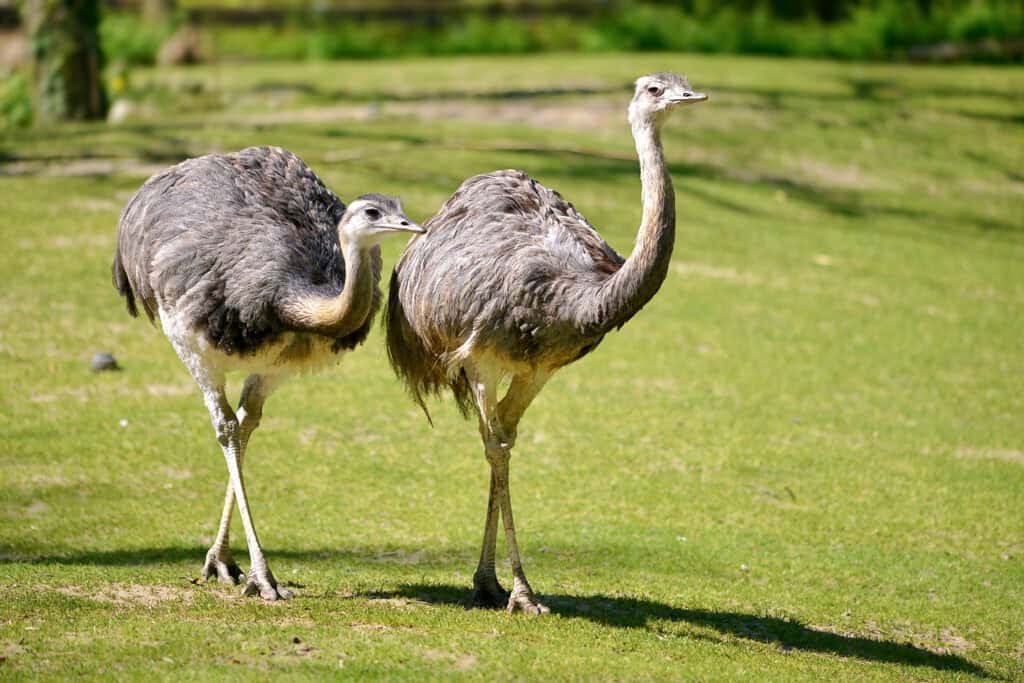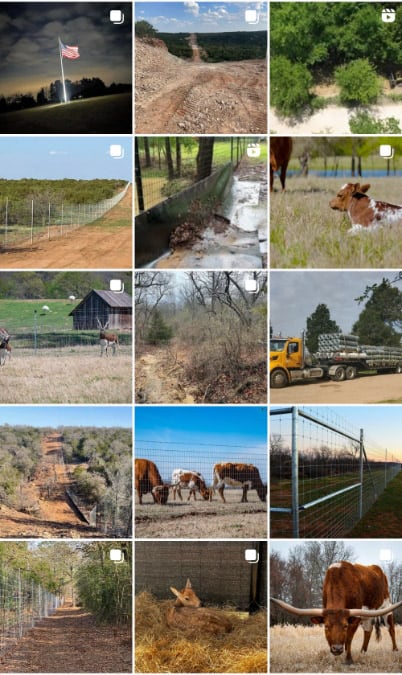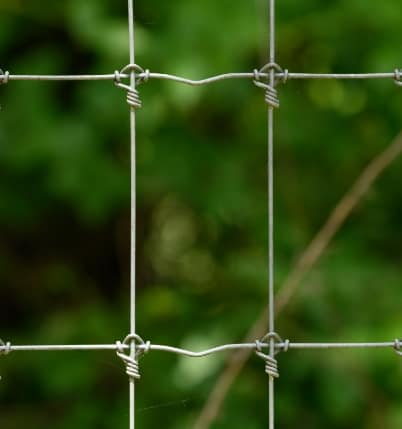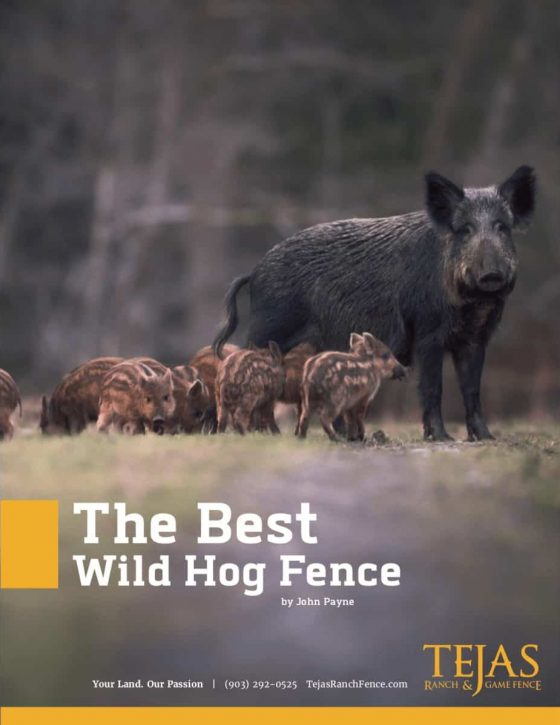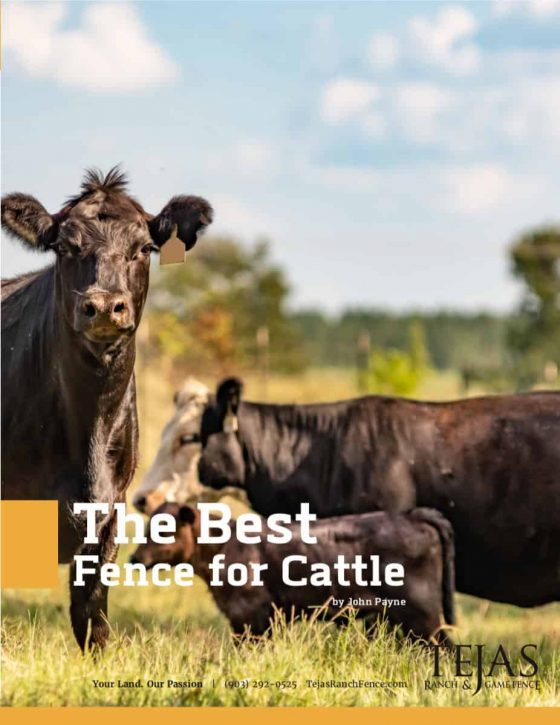Rhea: The Majestic Flightless Bird of South America
The rhea, closely related to the ostrich and emu, is a fascinating flightless bird native to South America. Known for its remarkable speed, distinct physical characteristics, and unique behavior, this large bird plays a significant role in the ecosystems of the continent’s grasslands and open plains. In this article, we will explore the origins and ancestry of the rhea, its habitat, physical features, behavior, and the conservation efforts aimed at preserving this incredible species.
Understanding the Rhea
Origins and Ancestry
The rhea (genus Rhea) belongs to the ratite group, a classification of large, flightless birds that includes ostriches, emus, cassowaries, and kiwis. Rheas are thought to have originated from ancient ancestors that once roamed the supercontinent Gondwana, which later fragmented into South America, Africa, Australia, and Antarctica. This evolutionary path explains the similarities between the rhea and its distant cousins, such as the African ostrich and the Australian emu.
There are two main species of rhea: the greater rhea (Rhea americana) and the lesser rhea (Rhea pennata). The greater rhea is the largest species, predominantly found in Argentina, Brazil, Bolivia, Paraguay, and Uruguay. The lesser rhea, also known as Darwin’s rhea, is smaller in size and primarily inhabits the Patagonian steppes and the Andean foothills.
The differences in their physical characteristics and habitat preferences have been shaped by thousands of years of evolution and adaptation.
Physical Characteristics and Unique Features
Rheas are impressive birds, standing between 3 to 5 feet tall and weighing between 50 to 80 pounds, depending on the specific species. Their plumage is predominantly gray or brown, which provides excellent camouflage in their natural surroundings.
One of the most striking features of the rhea is its long, powerful legs, which allow it to reach speeds of up to 37 mph. This remarkable speed helps them evade predators such as pumas, jaguars, and foxes. Unlike ostriches, which have two toes per foot, rheas possess three toes, an adaptation that aids in their mobility and stability while running. Additionally, their large wings, although not suited for flight, play a crucial role in balance and maneuverability when running.
Rheas have keen eyesight and hearing, enabling them to detect threats from a distance. Their long necks give them a heightened vantage point, allowing them to scan the landscape for potential dangers. These adaptations make them well-equipped for survival in open environments where predation is a constant concern.
| Height | 3 – 5 feet |
| Length | 3.5 feet |
| Weight | 50 – 80 pounds |
| Color | Brown or gray plumage |
| Lifespan | 15 – 30 years |
| Country of Origin | South America |
| Habitat | Grasslands, savannas, and shrublands |
| Diet | Broad-leafed plants, fruits, seeds, roots, and insects |
| Fence Requirement | High-Tensile Fixed-Knot Fencing |
| Suggested Fence Pattern | High Game Fence |
Habitat
Rheas thrive in a variety of open landscapes, including grasslands, savannas, and shrublands. The greater rhea prefers the lowland pampas and cerrado regions, where they can find abundant vegetation and space to roam freely. In contrast, the lesser rhea is more commonly found in arid and semi-arid environments, often at higher elevations.
These birds require vast areas to support their foraging habits and social structures. They are often seen roaming in mixed-species groups with other herbivores, such as deer and cattle, benefiting from the safety of numbers. As opportunistic feeders, rheas depend on a diverse range of food sources, making their habitat selection crucial for survival.
Behavior and Social Structure
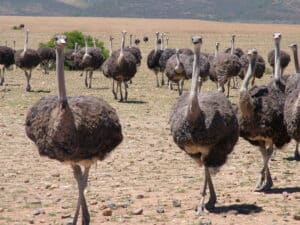 Rheas are highly social birds, often forming flocks of up to 30 individuals outside the breeding season. These flocks provide protection and enhance their foraging efficiency. They communicate using a range of vocalizations, including grunts, whistles, and booming sounds, particularly during the mating season.
Rheas are highly social birds, often forming flocks of up to 30 individuals outside the breeding season. These flocks provide protection and enhance their foraging efficiency. They communicate using a range of vocalizations, including grunts, whistles, and booming sounds, particularly during the mating season.
One of the most intriguing aspects of rhea behavior is their unique breeding system. Unlike many bird species, male rheas take on the primary role of incubating eggs and caring for the young. During the breeding season, which typically occurs between August and January, dominant males establish territories and attract multiple females. Each female lays her eggs in a communal nest, which can contain anywhere from 10 to 60 eggs.
The male incubates the eggs for approximately 35 to 40 days, rarely leaving the nest. After hatching, the father continues to protect and raise the chicks for several months, ensuring their survival against predators. This unusual reproductive strategy enhances the species’ reproductive success and highlights the significant role of male parental care in the rhea’s life cycle.
When it comes to diet, rheas are omnivorous, consuming a mix of plants, fruits, seeds, and small animals such as insects, lizards, and small rodents. This varied diet allows them to adapt to different environments and ensures their survival even when food sources fluctuate.
Conservation Efforts and Reintroduction Programs
Despite their adaptability, rheas face several threats in the wild, primarily due to habitat destruction, hunting, and competition with livestock. The greater rhea is classified as “Near Threatened” by the International Union for Conservation of Nature (IUCN), while the lesser rhea is considered “Least Concern,” though some regional populations are in decline.
Conservation efforts focus on protecting their native environments and ensuring sustainable land-use practices to maintain the balance of their ecosystems. Some conservation programs focus on breeding rheas in captivity and reintroducing them into the wild to bolster declining populations.
Conclusion
The rhea is an extraordinary bird that has thrived in the diverse landscapes of South America for thousands of years. With its impressive speed, unique breeding habits, and adaptability, it remains a key species in its ecosystem. Its presence contributes to the ecological balance by controlling insect populations and dispersing seeds across vast areas. Observing the rhea in its natural habitat provides valuable insight into the rich biodiversity of South America and serves as a reminder of the intricate relationships between wildlife and the environment.
Join our email newsletter and receive informative articles like these in your inbox! Subscribe here.
About Tejas Ranch & Game Fence
Tejas Ranch & Game Fence is the go-to ranch fence contractor for landowners with a vision for their property. We have a broad offering of ranch fence solutions, such as high-game fences, cattle fences, hog-proof fences, and more. We offer land clearing, trail construction, and land development consulting along with our fence solutions.
Related Posts
Exotic Black Hawaiian Sheep
Exotic Barbados Sheep
Exotic Zebras
Buffalo
Exotic Addax
Exotic Scimitar Oryx
Exotic Blackbucks
Exotic Sika Deer
Exotic Painted Desert Sheep
Exotic Mouflon Sheep
Exotic Corsican Sheep
Exotic Fallow Deer
Exotic Aoudad Sheep
Exotic Nilgai Antelope
Exotic Texas Dall Sheep
Exotic Axis Deer
Exotic Pere Davids Deer
